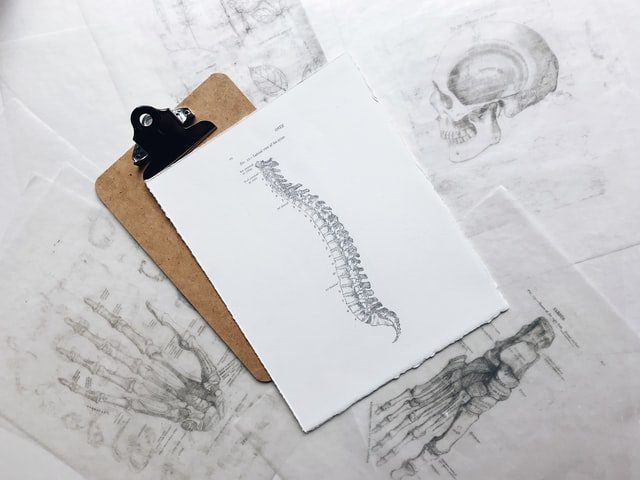Overview Of Spinal Meningitis
Spinal Meningitis is an alternative name for Bacterial Meningitis. Meningitis is an infection of the membranes covering the brain and spinal cord. This covering is called the meninges.
Commonly Associated With
Meningitis – bacterial; Meningitis – viral; Meningitis – fungal; Meningitis – vaccine
Causes Of Spinal Meningitis
The most common causes of meningitis are viral infections. These infections usually get better without treatment. But, bacterial meningitis infections are very serious. They may result in death or brain damage, even if treated.
Meningitis may also be caused by:
- Chemical irritation
- Drug allergies
- Fungi
- Parasites
- Tumors
Many types of viruses can cause meningitis:
- Enteroviruses: These are viruses that also can cause intestinal illness.
- Herpes viruses: These are the same viruses that can cause cold sores and genital herpes. However, people with cold sores or genital herpes do not have a higher chance of developing herpes meningitis.
- Mumps and HIV viruses.
- West Nile virus: This virus is spread by mosquito bites and has become an important cause of viral meningitis in most of the United States.
Symptoms Of Spinal Meningitis
Enteroviral meningitis occurs more often than bacterial meningitis and is milder. It usually occurs in the late summer and early fall. It most often affects children and adults under age 30.
Symptoms may include:
- Headache
- Sensitivity to light (photophobia)
- Slight fever
- Upset stomach and diarrhea
- Fatigue
Bacterial meningitis is an emergency. You will need immediate treatment in a hospital. Symptoms usually come on quickly, and may include:
- Fever and chills, especially in newborns and children
- Mental status changes
- Nausea and vomiting
- Sensitivity to light
- Severe headache
- Stiff neck
Other symptoms that can occur with spinal meningitis:
- Agitation
- Bulging fontanelles in babies
- Decreased alertness
- Poor feeding or irritability in children
- Rapid breathing
- Unusual posture, with the head and neck, arched backward (opisthotonos)
- You cannot tell if you have bacterial or viral meningitis by how you feel. Your health care provider must find out the cause. Go to the hospital emergency department right away if you think you have symptoms of meningitis.
Exams & Tests
Your provider will examine you. This may show:
- Fast heart rate
- Fever
- Mental status changes
- Stiff neck
- If the provider thinks you have meningitis, a lumbar puncture (spinal tap) should be done to remove a sample of spinal fluid (cerebrospinal fluid, or CSF) for testing.
Other tests that may be done include:
- Blood culture
- Chest x-ray
- CT scan of the head
Treatment Of Spinal Meningitis
Antibiotics are used to treat bacterial meningitis. Antibiotics do not treat viral meningitis. But antiviral medicine may be given to those with herpes meningitis.
Other treatments will include:
- Fluids through a vein (IV)
- Medicines to treat symptoms, such as brain swelling, shock, and seizures



